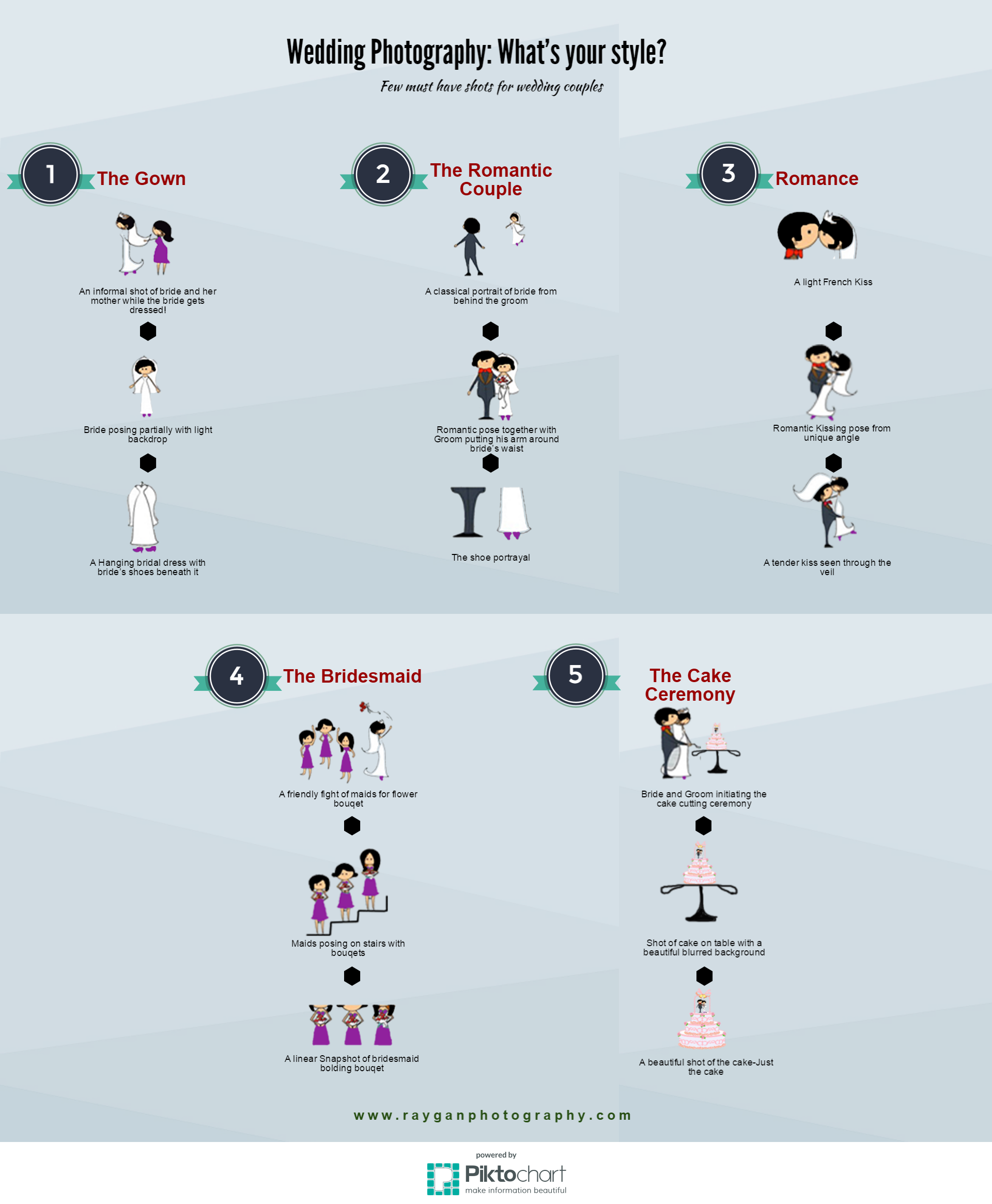What Every Photographer Ought To Understand About Illumination
What Every Photographer Ought To Understand About Illumination
Blog Article
Web Content Produce By-Boone Covington
As a photographer, you know that lighting can make or break your photos. Comprehending the nuances of both all-natural and synthetic light is crucial for capturing the mood and clearness you aim for in your work. Whether you're chasing the ideal gold hour glow or fine-tuning your artificial configurations, grasping these elements can boost your photography considerably. Yet there are common pitfalls that lots of ignore, and identifying them can transform your method to every shoot. Allow's explore what you may be missing and exactly how it can affect your results.
Comprehending All-natural Light
Comprehending all-natural light is critical for any type of professional photographer wanting to boost their work. It's the structure of wonderful photography, affecting state of mind, tone, and clarity. When you fire outdoors, focus on the time of day. The gold hour-- soon after sunrise and before sunset-- offers soft, warm light that can change regular scenes into sensational photos.
Don't ignore the power of overcast days. Cloud cover diffuses sunshine, developing a soft, also light that's best for pictures and macro photography. You'll discover colors pop in this type of illumination without harsh shadows.
Positioning matters, as well. Constantly consider https://writeablog.net/aleta23arlene/exactly-how-to-find-your-special-style-as-a-professional-photographer to the source of light. If the sunlight's behind your topic, you may end up with a shape, which can be dramatic however mightn't be what you desire. Conversely, straight sunshine can produce unflattering shadows.
Experiment with angles; in some cases, transforming your viewpoint can generate remarkable results. Use natural reflectors, like water or sand, to jump light onto your subject, including dimension.
Mastering Artificial Light
Understanding artificial light is essential for professional photographers who want to take their skills to the following degree. Whether you're utilizing speedlights, workshop strobes, or continuous lights, recognizing exactly how to control these resources can substantially enhance your images.
Beginning by familiarizing yourself with the basics of light quality, direction, and color temperature level. Try out various modifiers like softboxes, umbrellas, or grids to regulate the soft qualities or cruelty of the light.
You'll find that soft light typically produces lovely results, while harsher light can include drama and depth. Don't shy away from shadows; they can improve the three-dimensionality of your topics.
Pay attention to the positioning of your lights. A light located too near your subject can produce unflattering results, while also far can cause an absence of information. Make use of a light meter or your camera's pie chart to guarantee you're subjecting properly.
Lastly, bear in mind that fabricated light can be mixed with ambient light for creative impacts. Stabilizing these resources may take practice, once you master it, your photography will absolutely radiate.
Methods for Various Situations
When you step into various capturing situations, adapting your lights methods is critical for recording the most effective photos. For outside portraits, make use of the golden hour-- morning or late afternoon light-- to soften darkness and enhance complexion.
If it's a severe lunchtime sunlight, think about making use of a reflector to bounce light back onto your topic or seek shaded locations for an extra also direct exposure.
In low-light situations, like indoor events, raise your ISO and make use of a broad aperture to let in more light. A tripod can assist eliminate electronic camera shake, permitting longer direct exposures without blurring.
If you're contending night, trying out off-camera flash to produce vibrant lighting and deepness in your photos.
For item photography, make use of diffused lights to avoid severe representations. Softboxes or light outdoors tents can aid attain this effect.
When photographing https://zenwriting.net/arleen0maida/uncover-the-important-photography-equipment-that-will-kickstart-your , think about the direction of light and time of day, as it can considerably alter the state of mind of your shot.
Always be ready to readjust your setups and placing based on the scenario, as adaptability is vital to grasping lights in photography.
Conclusion
In conclusion, mastering lights is essential to boosting your photography skills. Embrace photo studio near me -natural light's charm during golden hour, and don't avoid try out fabricated light strategies. By adjusting your strategy to different circumstances, you'll catch spectacular pictures that reverberate with feeling and quality. Keep in mind, the right illumination can transform an ordinary shot into something remarkable, so keep exercising and improving your understanding of both all-natural and artificial light. Satisfied shooting!
